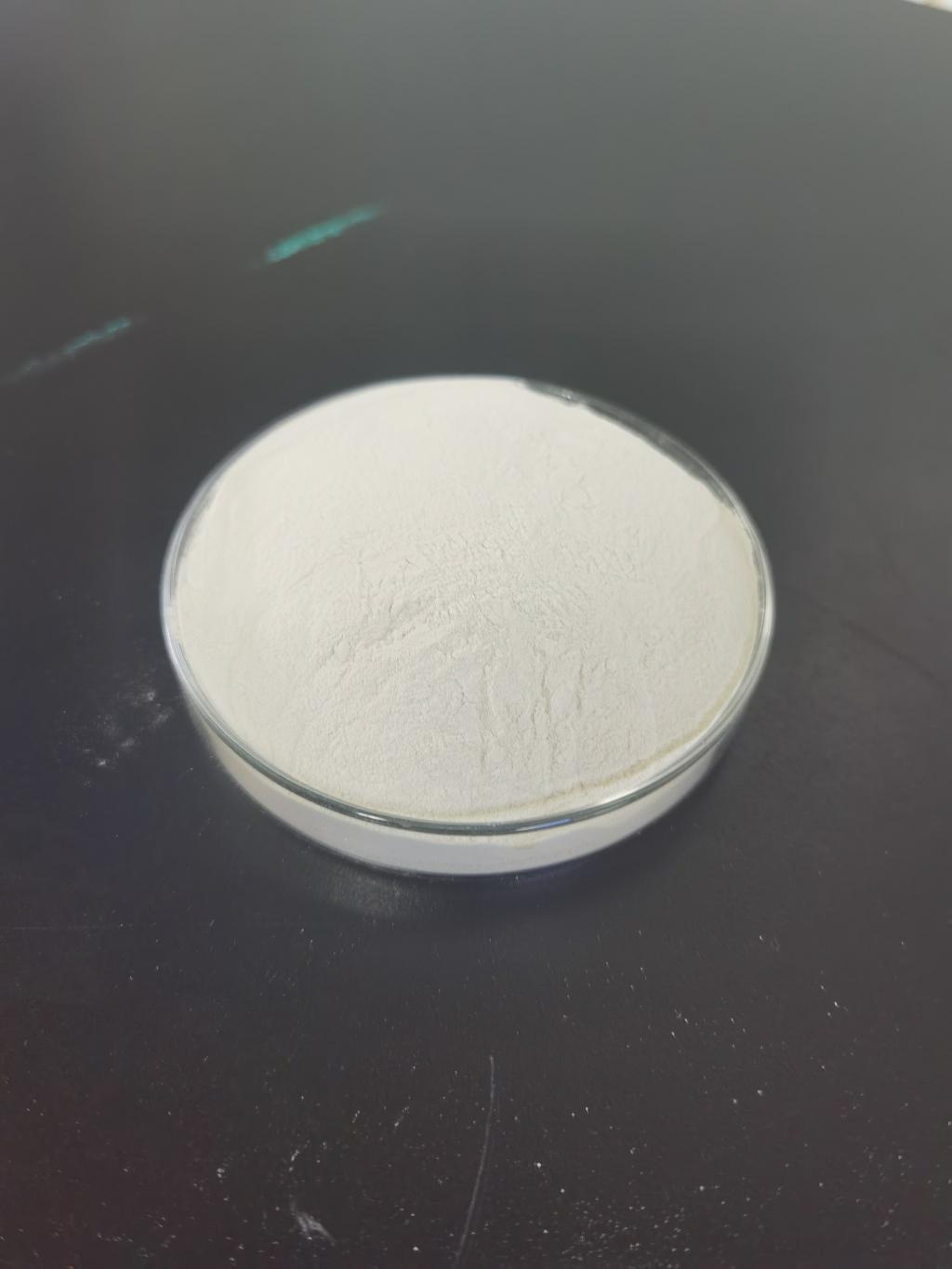Tel:+8618231198596

News
 CONTACT
CONTACT
 CONTACT
CONTACT
- Linkman:Linda Yao
- Tel: +8618231198596
- Email:linda.yao@dcpharma.cn
- Linkman:CHARLES.WANG
- Department:Overseas
- Tel: 0086 0311-85537378 0086 0311-85539701
News
Enhancing food quality through the targeted application of Nisin.
TIME:2024-04-19
Freshness Preservation: By inhibiting the growth of spoilage bacteria, nisin helps extend the shelf life of perishable foods, preserving their freshness and sensory characteristics.
Flavor Retention: Microbial spoilage and contamination can compromise the flavor profile of foods. Nisin's ability to prevent bacterial proliferation ensures that the natural flavors of foods remain intact over time.
Texture Maintenance: In dairy products and baked goods, microbial activity can lead to undesirable changes in texture. Nisin's antimicrobial action helps preserve the desired texture and consistency of these products throughout their shelf life.
Nutritional Preservation: Prolonged storage or microbial contamination can result in nutrient degradation. By inhibiting spoilage organisms, nisin helps maintain the nutritional integrity of foods, ensuring that consumers receive the intended dietary benefits.
Color Stability: Oxidative reactions and microbial activity can cause discoloration in certain foods. Nisin's role in preventing microbial growth indirectly contributes to preserving the natural color and visual appeal of food products.
Targeted Applications of Nisin Across Food Categories
Dairy Products: Nisin finds extensive application in the dairy industry, where it inhibits the growth of spoilage bacteria and pathogens in products such as cheese, yogurt, and milk. Its targeted action allows dairy manufacturers to maintain product quality and safety without compromising on taste or texture.
Meat and Poultry: In meat processing, nisin serves as a natural preservative, preventing microbial spoilage and enhancing the sensory attributes of products like cured meats and sausages. By targeting specific pathogens such as Listeria and Salmonella, nisin contributes to ensuring the safety and palatability of meat products.
Bakery Items: The bakery sector benefits from nisin's ability to inhibit mold growth and extend the shelf life of bread, pastries, and other baked goods. Targeted application of nisin in dough formulations or as a surface treatment helps maintain product quality and freshness, thereby enhancing consumer satisfaction.
Ready-to-Eat Meals: With the rising demand for convenience foods, ready-to-eat meals present unique challenges in terms of microbial safety and quality. Nisin can be incorporated into packaged meals or meal components to inhibit bacterial growth, ensuring that these products remain safe and appealing throughout their shelf life.
Beverages: Even in liquid products such as juices, nisin plays a role in preserving freshness and preventing spoilage. Its targeted action against spoilage bacteria helps extend the shelf life of beverages without compromising on taste or nutritional value.
Optimizing Nisin Application for Maximum Impact
While nisin offers significant benefits in enhancing food quality, optimizing its application is essential to maximize its impact:
Dosage Optimization: Determining the optimal concentration of nisin for specific food products requires careful consideration of factors such as pH, temperature, and microbial load. Fine-tuning dosage levels ensures effective microbial control without adverse effects on product quality.
Integration with Existing Processes: Incorporating nisin into existing food processing systems should be seamless and efficient. Compatibility with other ingredients, processing conditions, and packaging materials is crucial to ensure consistent quality and safety outcomes.
Monitoring and Quality Assurance: Regular monitoring of nisin efficacy and product quality is essential to detect any deviations or microbial growth. Implementing robust quality assurance protocols helps maintain product integrity and consumer confidence.
Consumer Education: Educating consumers about the benefits of nisin and its role in ensuring food safety and quality fosters trust and acceptance of nisin-treated products. Transparent labeling and clear communication enhance consumer awareness and confidence in the products they purchase.
Conclusion
The targeted application of nisin represents a paradigm shift in the pursuit of food quality. Beyond its role as a traditional preservative, nisin offers nuanced benefits that encompass freshness, flavor, texture, and nutritional integrity. By selectively targeting harmful bacteria while preserving beneficial microorganisms, nisin contributes to maintaining the microbial balance essential for food quality. Through strategic integration across various food categories and processing stages, nisin serves as a versatile tool in elevating food quality standards and meeting consumer expectations for safe, flavorful, and nutritious foods.
- Tel:+8618231198596
- Whatsapp:18231198596
- Chat With Skype







